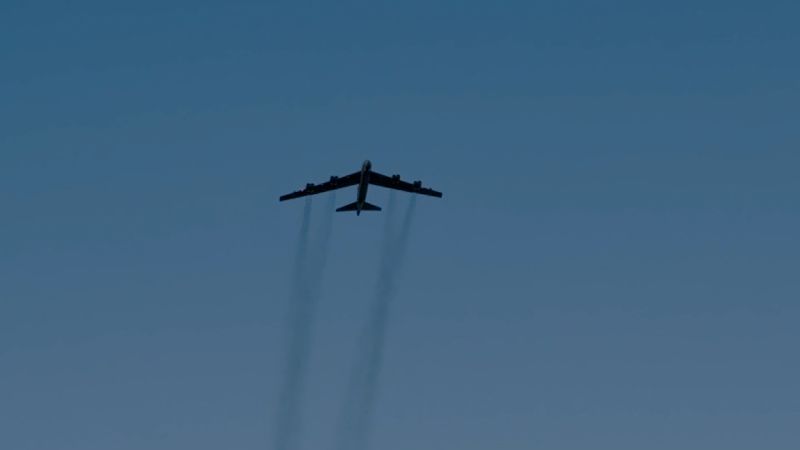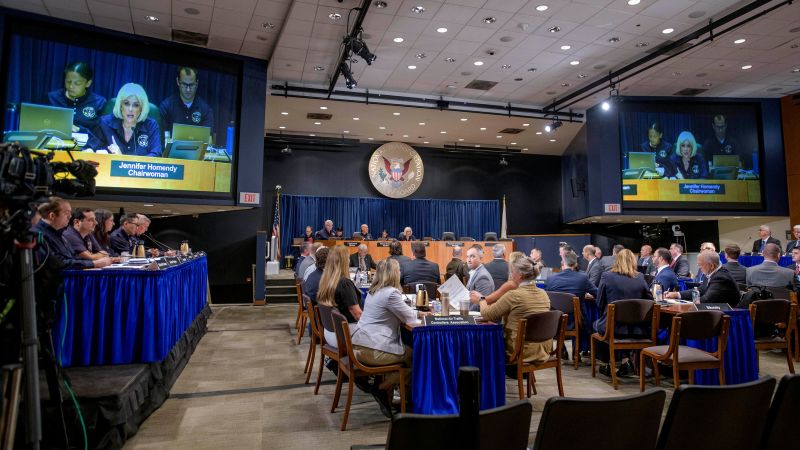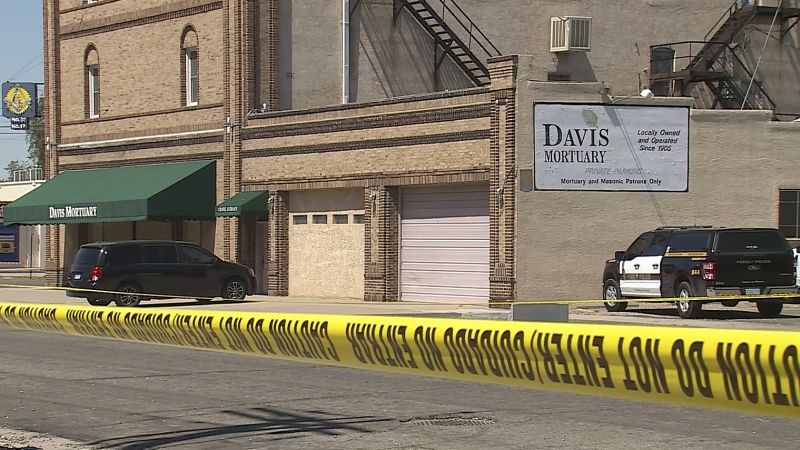
Private Company Operates Minot Control Tower: Implications for Air Traffic Control Oversight
Opinion | 7/22/2025
A recent incident at the Minot, North Dakota control tower involving a Delta Air Lines regional jet and an Air Force B-52 bomber has brought attention to the fact that the control tower is operated by a private company, not by the Federal Aviation Administration. The incident necessitated the Delta jet to execute an “aggressive maneuver” to avert a potential collision with the B-52 bomber.
The presence of a private company managing the control tower underscores a lesser-known aspect of air traffic control operations. Unlike many control towers that are typically overseen by the Federal Aviation Administration, the Minot control tower relies on air traffic controllers employed by a private entity. This distinction raises questions about the oversight and regulation of air traffic control services when managed by a private company.
In response to inquiries regarding the incident, a spokesperson for the Federal Aviation Administration highlighted that the agency does not directly oversee the operations of every control tower in the country. While the FAA sets certain standards and regulations for air traffic control, the day-to-day management of specific control towers, such as the one in Minot, falls under the purview of the private company running it.
Experts in the field of aviation safety emphasize the importance of maintaining rigorous standards and oversight in air traffic control operations, regardless of whether they are managed by a private company or a government agency. Ensuring the safety and efficiency of air travel remains paramount, necessitating a comprehensive approach to regulatory compliance and operational protocols within the aviation industry.
As the investigation into the Minot incident continues, stakeholders are closely monitoring the outcome to assess any potential implications for air traffic control practices and regulations. The incident serves as a reminder of the intricate network of entities involved in ensuring the safety of air travel, and the need for robust oversight mechanisms to uphold the highest standards of aviation safety and operational efficiency.


